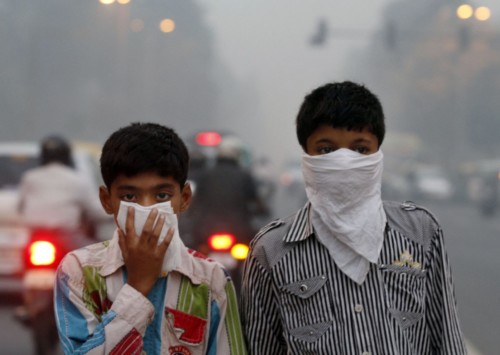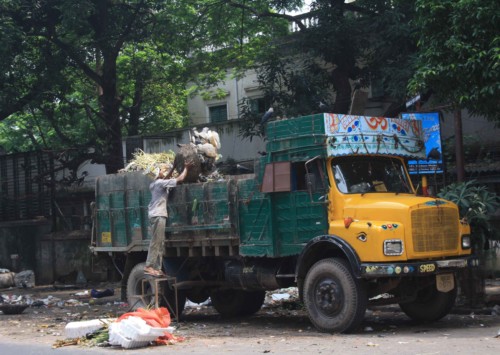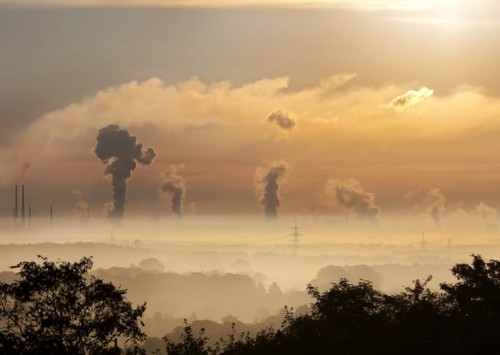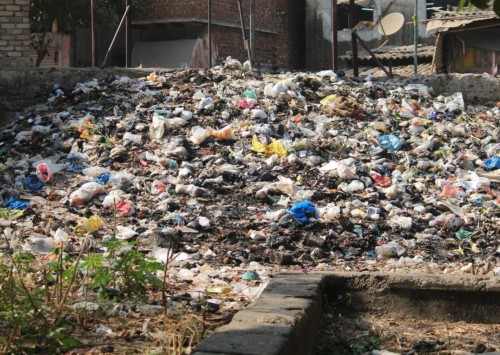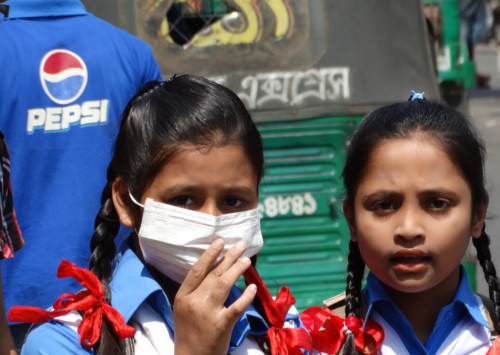Is India clean on its city rankings yet?
Newly launched protocol for star rating of garbage-free Indian cities by Swachh Bharat Mission-Urban has stimulated both urban bodies and citizens to work towards cleaner cities. However, it remains to be assessed if India is equipped with a systematic ranking system for cleanliness scores.
India generates over 1,00,000 metric tonnes of solid waste everyday – higher than many countries’ total daily waste generation taken together.
The management of solid waste through collection, processing, transportation and disposal in the country is the responsibility of urban local bodies. However, most of them struggle to provide efficient waste management services on account of financial problems, poor infrastructure and technology.
To sensitise these bodies, the Swachh Bharat Mission-Urban launched a protocol for star rating of garbage-free cities. The vision of this SMART rating (Single metric, Measurable, Achievable, Rigorous verification, Targeted towards outcomes), is to achieve no garbage or litter in any public, commercial or residential location at any point of time, and to scientifically manage 100 pc of waste generated.
According to the protocol, cities will be rated on a scale of 1-7 based on multiple cleanliness indicators including door to door collection, source segregation, sweeping, scientific processing of waste, scientific land filling, plastic waste management, dump remediation and the citizen grievance redressal system.
Though the evaluation will provide stakeholders with a single metric to rate a city’s cleanliness, is the system competent enough to assess the cities justly?
Puzzled rankings
In its last review of the cleanest cities in the country, the results of Swachh Survekshan 2017 survey raised a lot of questions, as it placed Indore as India’s cleanest city and claimed Varanasi to be cleaner than Bhubaneswar. Also, according to the survey, Mumbai and Navi Mumbai were 20 ranks apart on cleanliness scores.
While the parameters and its assessment might be correct, the methodology used to rank cities appeared flawed. Undoubtedly, Varanasi witnessed much action by authorities over the time to get the city cleaner than what it was. However, few would agree that Bhubaneswar is dirty enough to be 260 marks behind Varanasi. Moreover, the survey mixed up absolute values with relative assessments.
In Bhubaneswar, citizen feedback stood at 303 out of 600, while Varanasi scored 388. Despite a comparable population in terms of numbers, Varanasi houses more people with around 32,054 of them participating in the survey, whereas in Bhubaneshwar, only 13,084 people responded.
For the authorities to rank cities fairly this time, it is significant to take these elements into consideration.
Moreover, to achieve the goals of this protocol, there must be an introduction of stricter standards for all industries, and greater clarity on emergency measures so that they kick in before, rather than being introduced as an afterthought.


